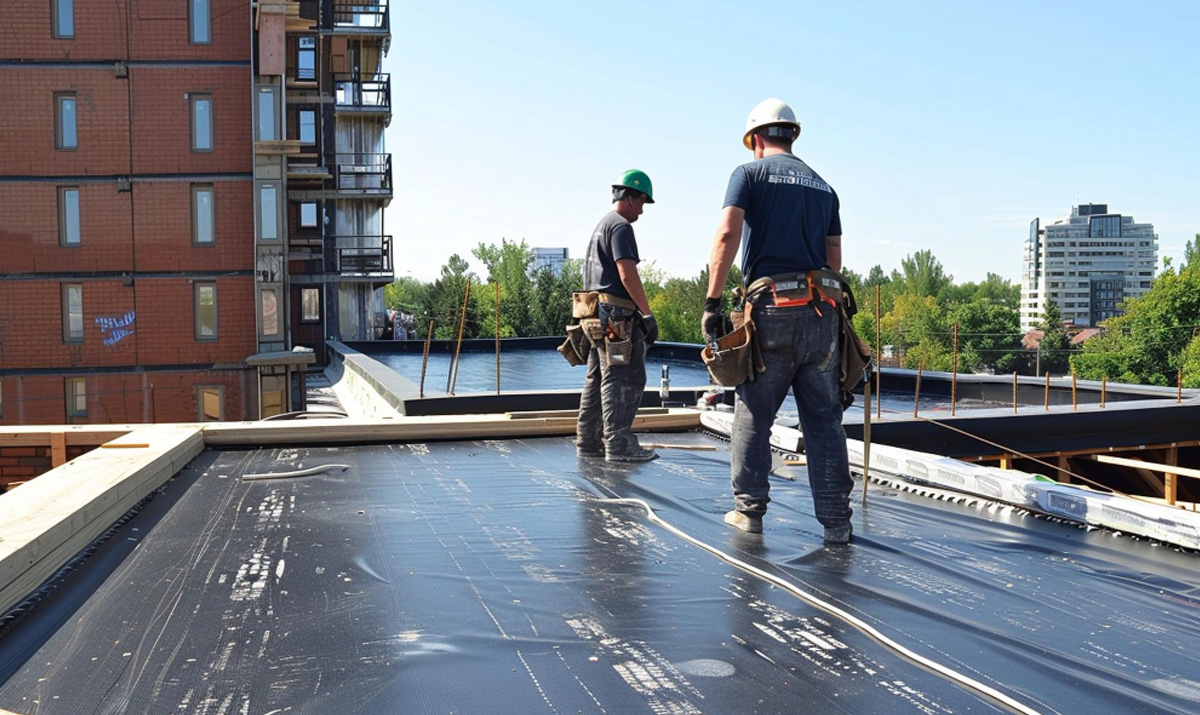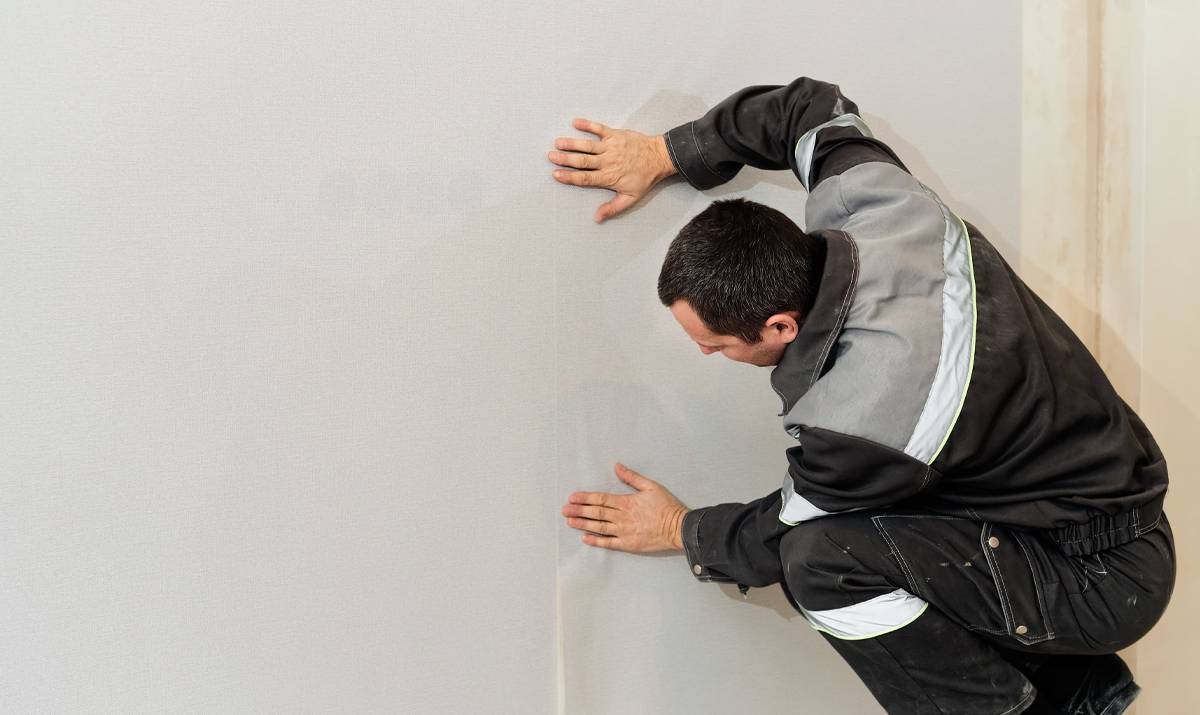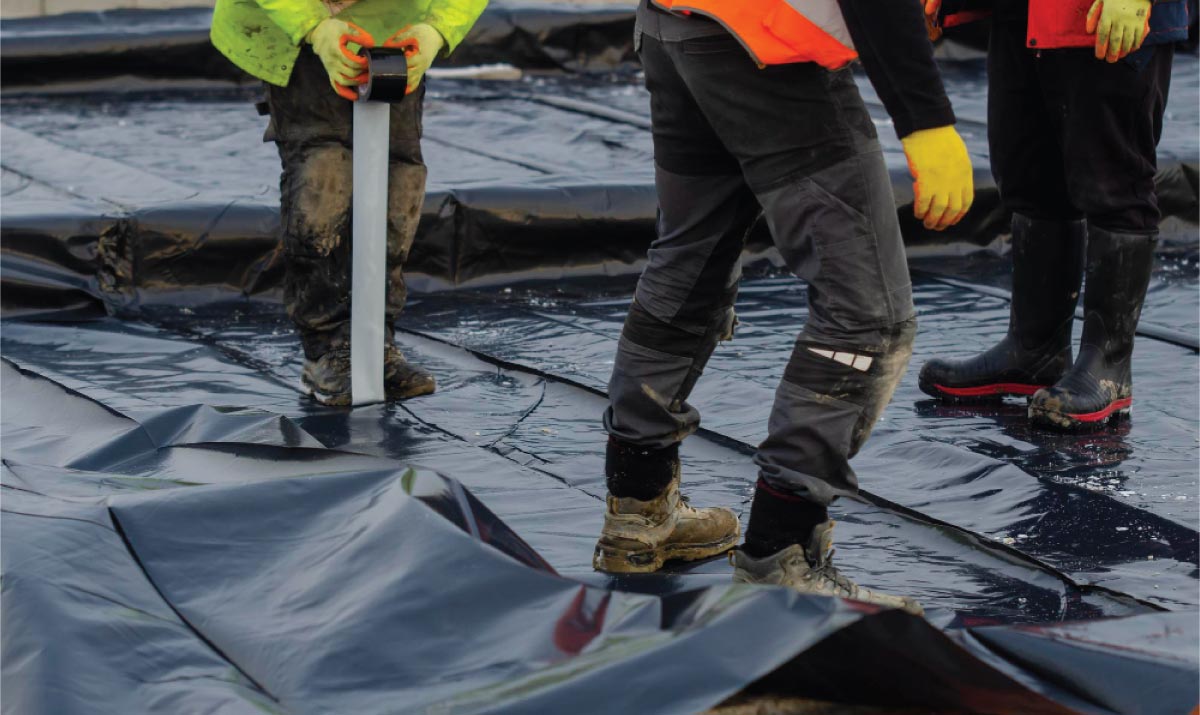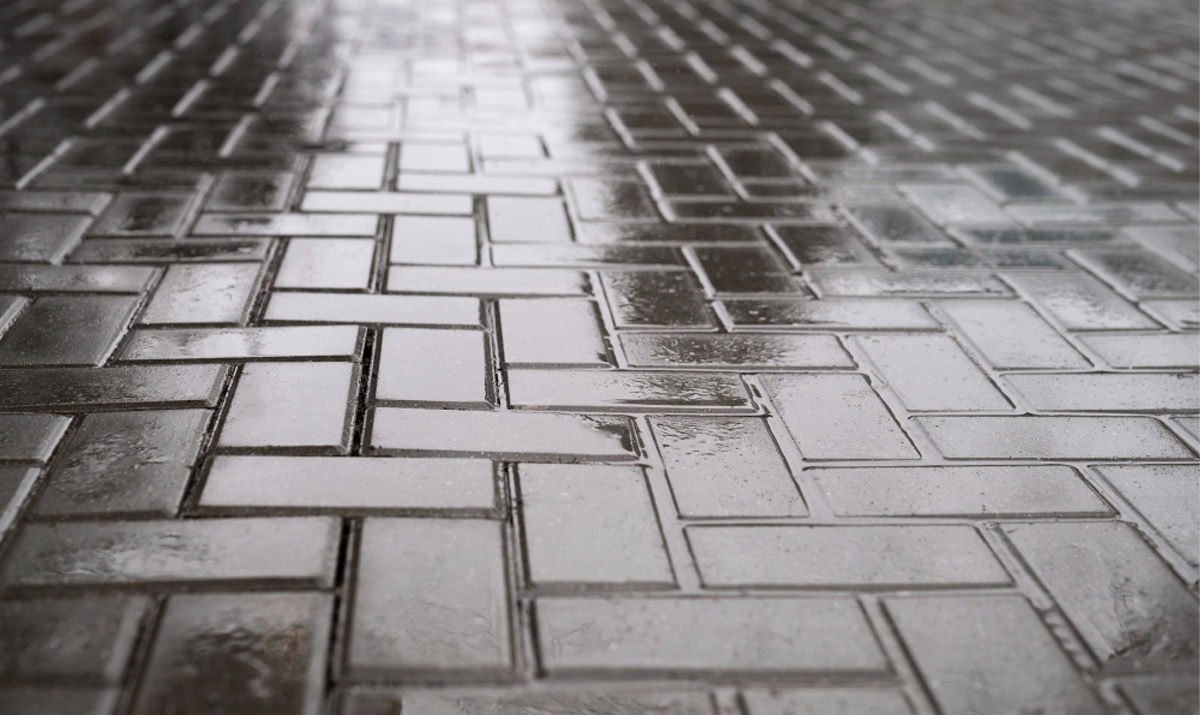Unveiling the Mystery of Efflorescence and Salt Dampness: A Comprehensive Guide for Floor 2 Terrace in Abu Dhabi and Dubai
In the ever-expanding urban landscape of Abu Dhabi and Dubai, the architectural marvels on Floor 2 Terraces often stand as testaments to modern engineering. However, even these structures are not immune to the challenges posed by environmental factors, with efflorescence and salt dampness emerging as recurring concerns. In this blog, we delve into the causes, differences, and solutions related to these issues, shedding light on the optimal strategies for tackling dampness, salt attack, and efflorescence removal.
Understanding Salt Dampness:
Decoding Efflorescence:
Differentiating Between Efflorescence and Dampness:
While both efflorescence and dampness involve the migration of salts, their root causes and manifestations differ. Dampness is primarily associated with the presence of excessive moisture in walls, often due to poor waterproofing or drainage issues. On the other hand, efflorescence is a consequence of salt migration within the building materials themselves. Distinguishing between the two is crucial for implementing targeted solutions.
Identifying the Culprits of Salt Attack:
In the context of Floor 2 Terraces in Abu Dhabi and Dubai, salt attack in walls can be attributed to various factors. Harsh environmental conditions, proximity to the sea, and the quality of construction materials all play pivotal roles. High levels of humidity, coupled with occasional rain, exacerbate the issue, accelerating the salt migration process. As the salts accumulate on the surface, they lead to the formation of efflorescence and exacerbate dampness in walls.
Choosing the Best Salt for Dampness:
Addressing salt dampness involves not only mitigating the visible effects but also preventing further damage. When it comes to choosing the best salt for dampness, it’s crucial to opt for effective and long-lasting solutions. Silicate-based sealers and moisture-resistant coatings are among the recommended options. These products create a barrier that inhibits the movement of water and salts, safeguarding the structure against future issues.
Efflorescence Removal Strategies:
Efflorescence removal requires a systematic approach to eliminate the existing deposits and prevent their recurrence. Mechanical methods, such as brushing or pressure washing, can be employed for surface cleaning. Additionally, chemical cleaners designed for efflorescence removal can aid in breaking down and dissolving the salts. However, it’s essential to choose products that are compatible with the specific building materials to avoid unintended damage.
Conclusion
In conclusion, the challenges of dampness, salt attack, and efflorescence are not unique to Floor 2 Terraces in Abu Dhabi and Dubai but are prevalent in many structures worldwide. By understanding the causes and differences between these issues, property owners can take proactive measures to safeguard their investments. Implementing proper waterproofing, drainage solutions, and using effective sealers are pivotal steps in ensuring the longevity and aesthetic appeal of these architectural gems in the face of environmental challenges. Remember, addressing dampness and salt attack not only enhances the visual appeal of the structure but also contributes to its structural resilience in the long run.





